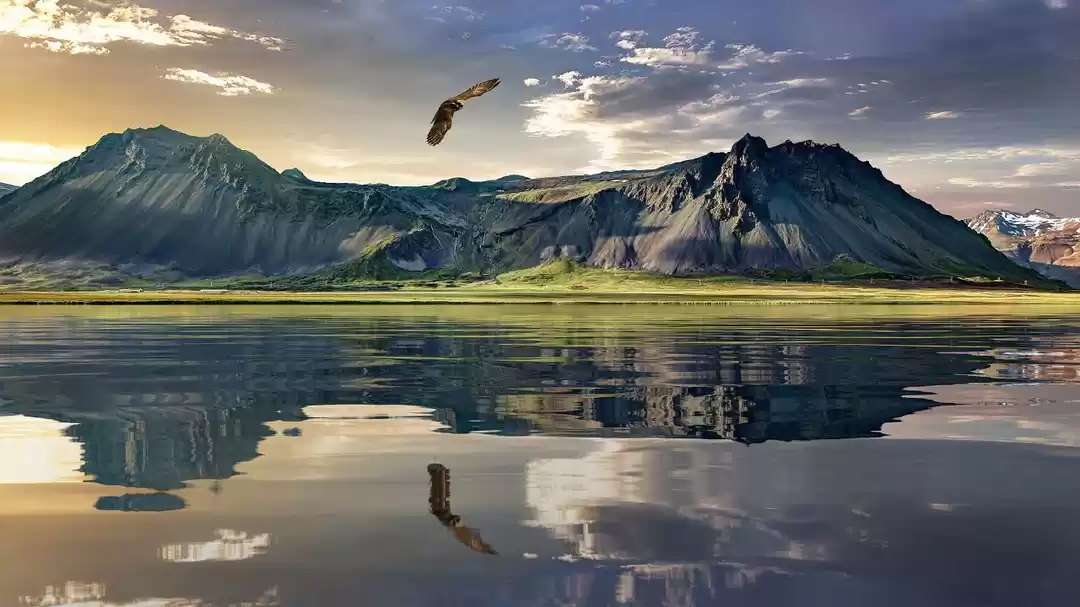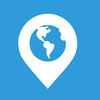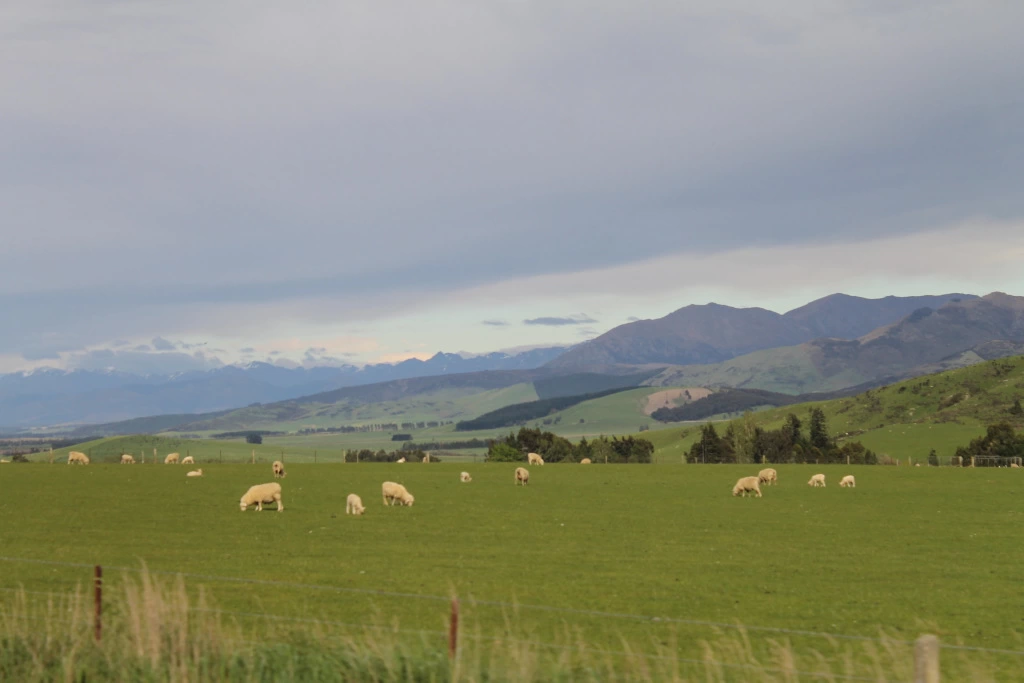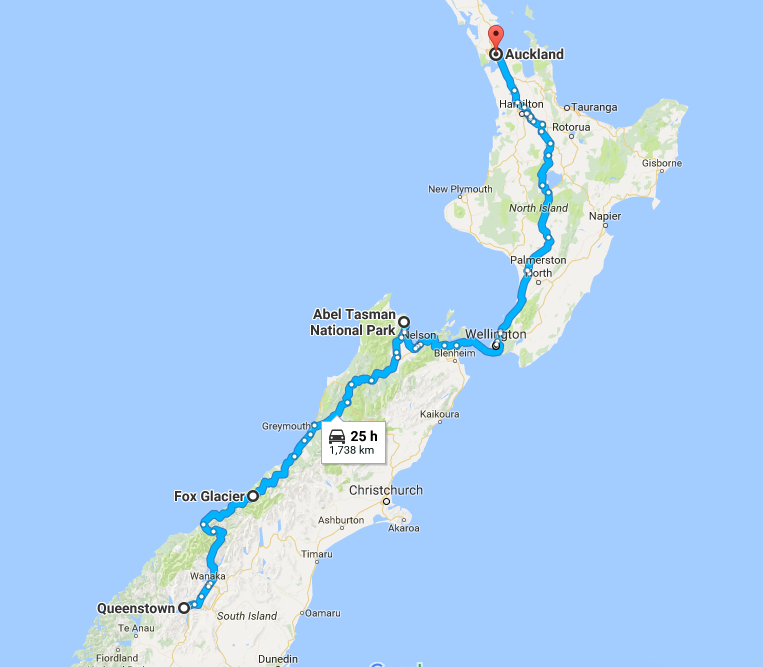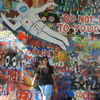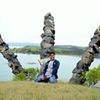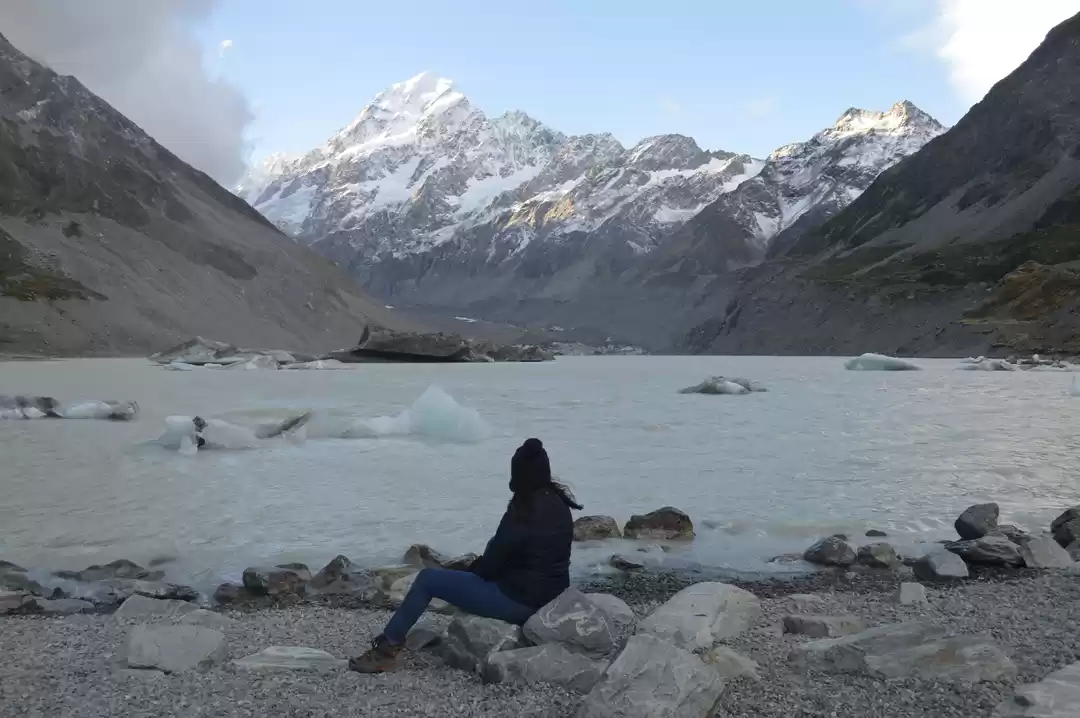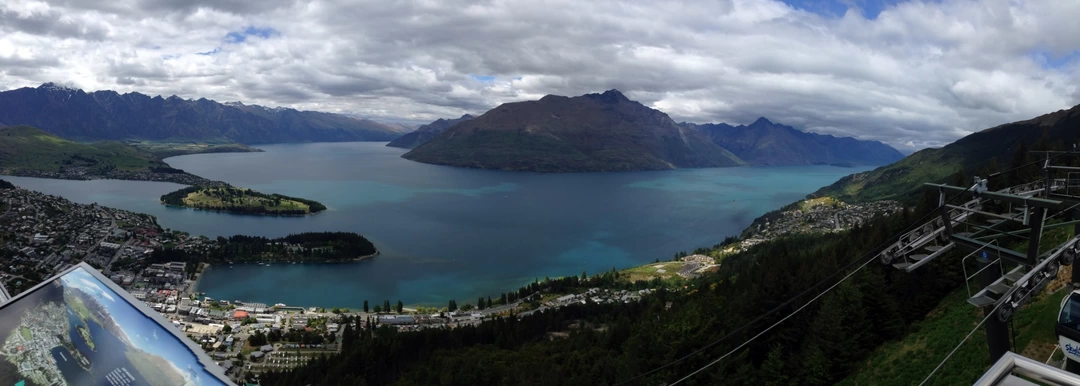Auckland Tourism and Travel Guide
Auckland (/ˈɔːklənd/ AWK-lənd), in the North Island of New Zealand, is the largest and most populous urban area in the country. Auckland has a population of 1,454,300, which constitutes 32 percent of the country's population. It is part of the wider Auckland Region, which includes the rural areas and towns north and south of the urban area, plus the islands of the Hauraki Gulf, resulting in a total population of 1,570,500 that is governed by the Auckland Council. Auckland also has the largest Polynesian population of any city in the world. In Māori, Auckland's name is Tāmaki Makaurau and the transliterated version of Auckland is Ākarana. The Auckland urban area (as defined by Statistics New Zealand) ranges to Waiwera in the north, Kumeu in the northwest, and Runciman in the south. It is not contiguous; the section from Waiwera to Whangaparaoa Peninsula is separate from its nearest neighbouring suburb of Long Bay. Auckland lies between the Hauraki Gulf of the Pacific Ocean to the east, the low Hunua Ranges to the south-east, the Manukau Harbour to the south-west, and the Waitakere Ranges and smaller ranges to the west and north-west. The central part of the urban area occupies a narrow isthmus between the Manukau Harbour on the Tasman Sea and the Waitemata Harbour on the Pacific Ocean. It is one of the few cities in the world to have two harbours on two separate major bodies of water. The 2014 Mercer Quality of Living Survey ranked Auckland 3rd place in the world on its list, while the Economist Intelligence Unit's World's most liveable cities index of 2015 ranked Auckland in 9th place. In 2010, Auckland was classified as a Beta World City in the World Cities Study Group's inventory by Loughborough University.

